The harmonic minor scale is, as we know, a scale that contains an augmented second (3 semitones) between the 6th and 7th degrees of the scale:
 If we harmonize this scale the typical way, by stacking thirds to create chords, we get 7 triads:
If we harmonize this scale the typical way, by stacking thirds to create chords, we get 7 triads:
 And 7 seventh chords:
And 7 seventh chords:
 We also have sus triads, 7sus4 & 6th chords on some degrees:
We also have sus triads, 7sus4 & 6th chords on some degrees:
 Remember that 6th chords share their notes with 7th chords. C6 is C-E-G-A, same notes as Am7, and Cm6 is C-Eb-G-A, same notes as Am7b5.
Remember that 6th chords share their notes with 7th chords. C6 is C-E-G-A, same notes as Am7, and Cm6 is C-Eb-G-A, same notes as Am7b5.
Now let’s go deeper and use the enharmonic property of the augmented second, which is enharmonically a minor third. This is going to offer us other possibilities for building chords, when stacking the third from the 6th degree to the root, which is a major third. We can instead of the root, use the major 7th, which is a minor third up from the 6th degree. In the key of C, that means we consider the B note as a Cb. This gives us some new triads:
 You can see that following the same idea, I also considered the D note as a Ebb, to build a diminished triad on the 6th degree. Same concepts applied to 7th chords:
You can see that following the same idea, I also considered the D note as a Ebb, to build a diminished triad on the 6th degree. Same concepts applied to 7th chords:
 And one 6th chord:
And one 6th chord:
 This bVIm6 chord is maybe the hidden jewel of the harmonic minor scale. Brazilian composer Tom Jobim makes an extended use of it in his tunes. I will soon dedicated a full article about this subject.
This bVIm6 chord is maybe the hidden jewel of the harmonic minor scale. Brazilian composer Tom Jobim makes an extended use of it in his tunes. I will soon dedicated a full article about this subject.
We can notice that we found the IIdim7, IVdim7 and bVIdim7 chords, which are the enharmonic chords of the VIIdim7.
Pushing further the idea of enharmony, we can consider the b3 degree of the scale as a #2, Eb as D# in the key of C. This gives us two new chords build on the 5th degree:
 And adding the enharmony between the 5 and ##4 … G and Fx in the key of C, we get an extra chord build on the 7th degree:
And adding the enharmony between the 5 and ##4 … G and Fx in the key of C, we get an extra chord build on the 7th degree:

OK … so, if we sum up all the triads & tetrads we can find in the harmonic minor scale, we have:
Im, Isus, ImMaj7
IIdim, IIm7b5, IIdim7
bIIIaug, bIIImaj7#5
IVm, IVm7, IVm6, IVdim, IVm7v5, IVdim7
V, Vsus, V7sus, Vaug, V7#5
bVI, bVIm, bVIdim, bVImaj7, bVImMaj7, bVIm6, bVIdim7
VIIdim, VIIaug, VIIdim7
In the key of C:
Cm, Csus, CmMaj7
Ddim, Dm7b5, Ddim7
Ebaug, Ebmaj7#5
Fm, Fm7, Fm6, Fdim, Fm7v5,Fdim7
G, Gsus, G7sus, Gaug, G7#5
Ab, Abm, Abdim, Abmaj7, AbmMaj7, Abm6, Abdim7
Bdim, Baug, Bdim7
One of the various ideas behind this work, is that the C harmonic minor scale is a potential candidate to be used on any of these chords. An interesting exploration that will deserve some articles in the future.
If this website is helping you becoming a better musician, please consider making a donation. Even a small amount will be very appreciated. Thank you !
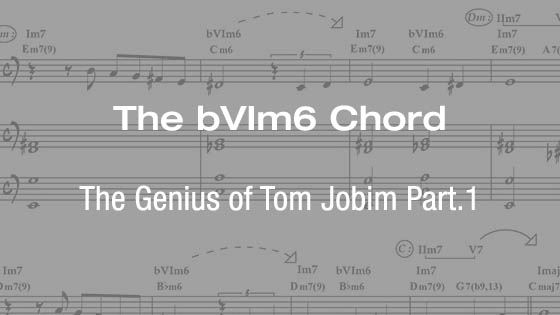
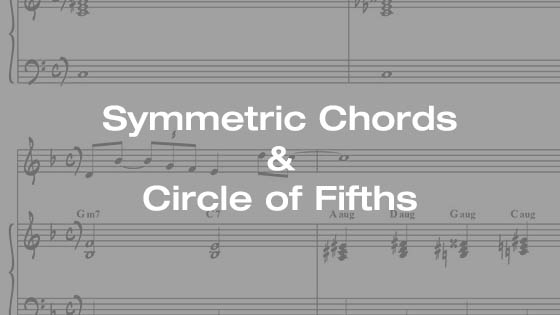
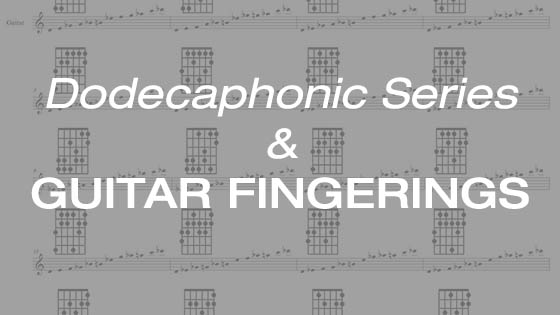
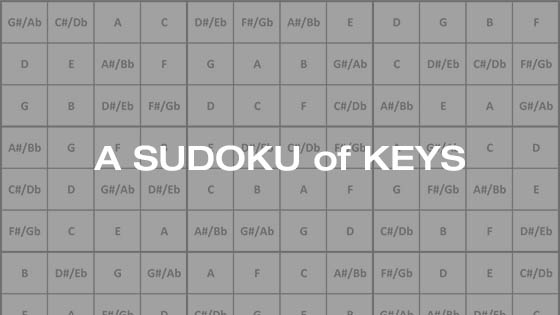
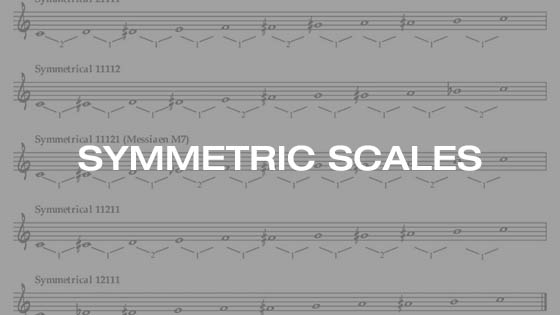
Leave A Comment